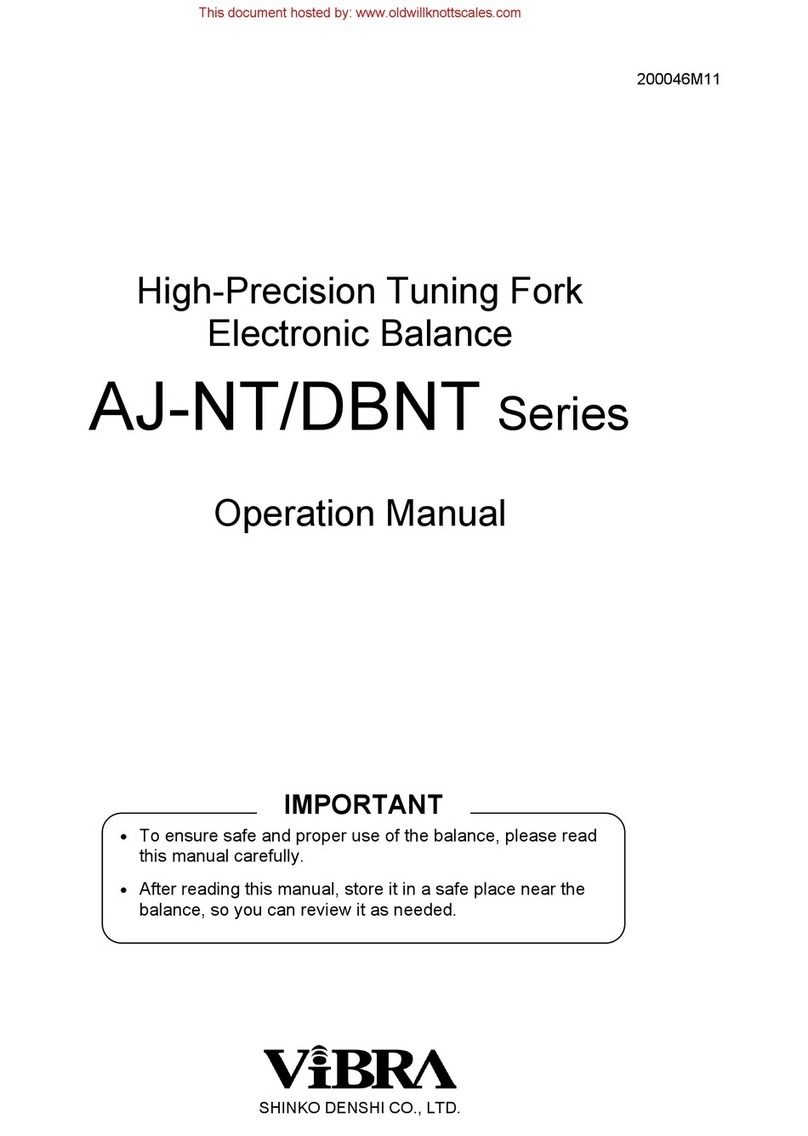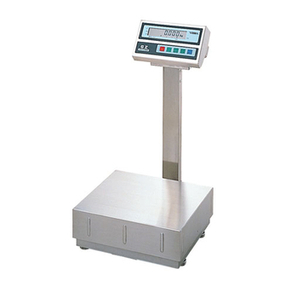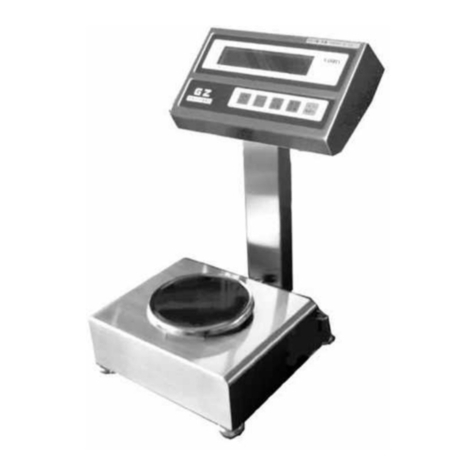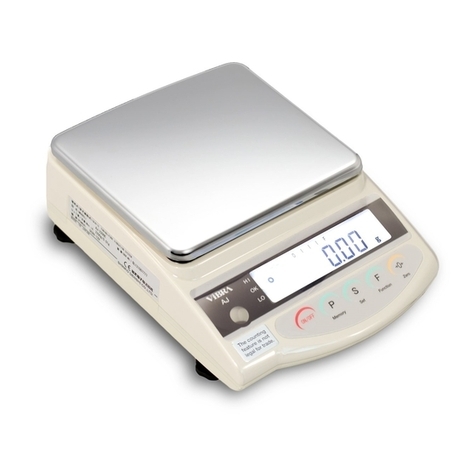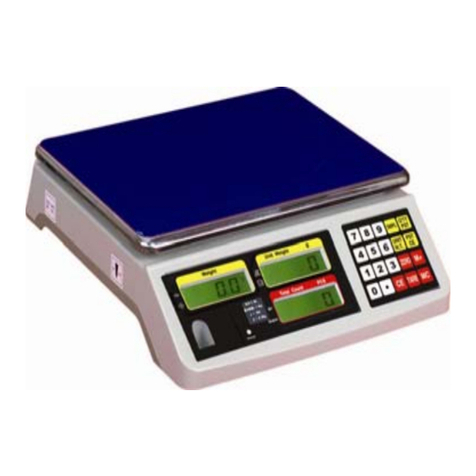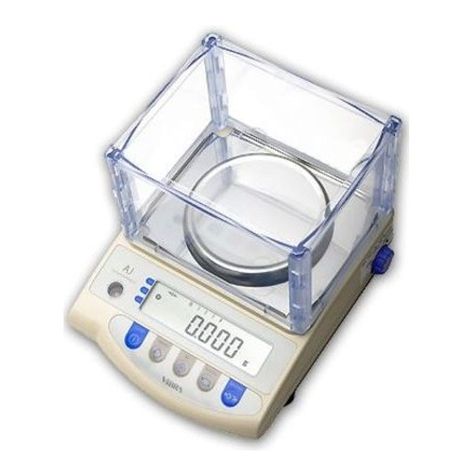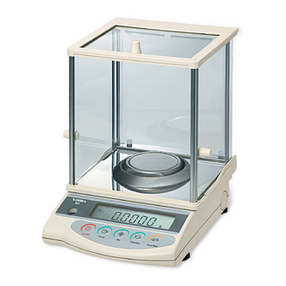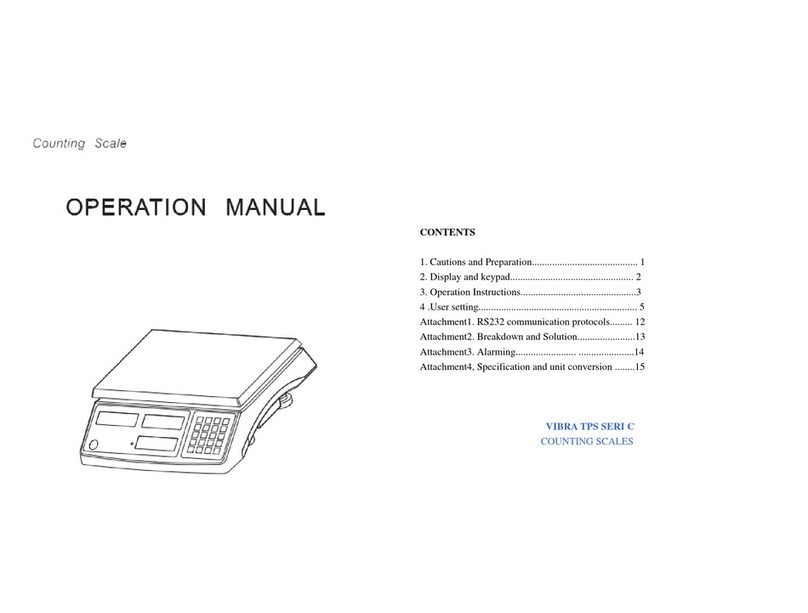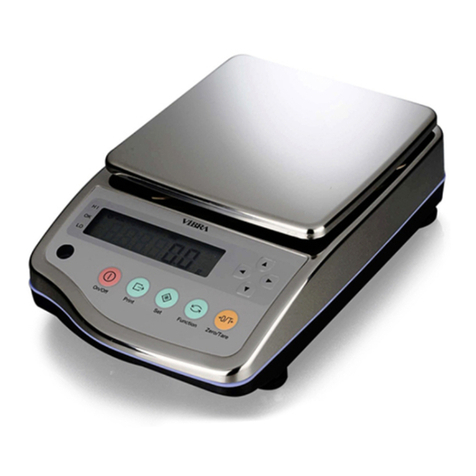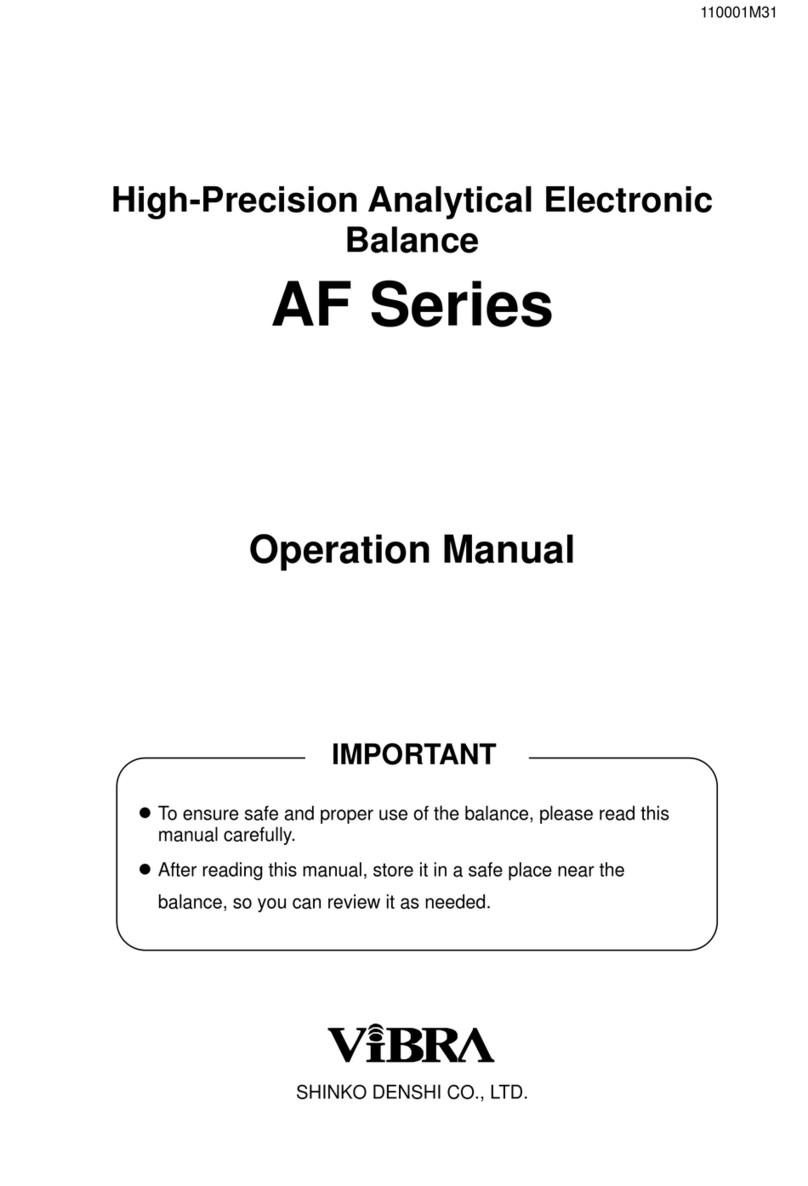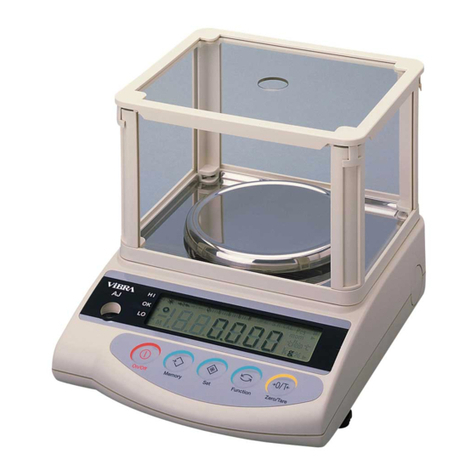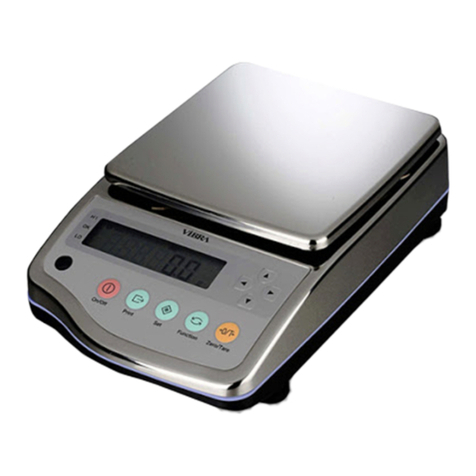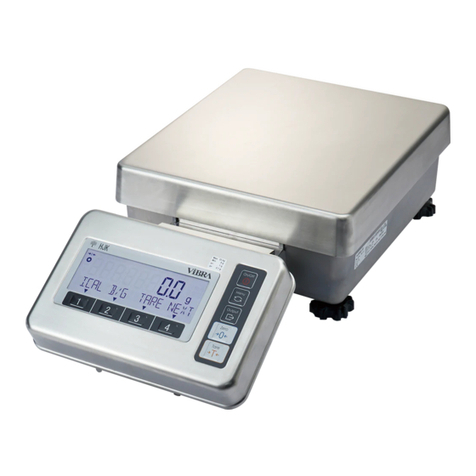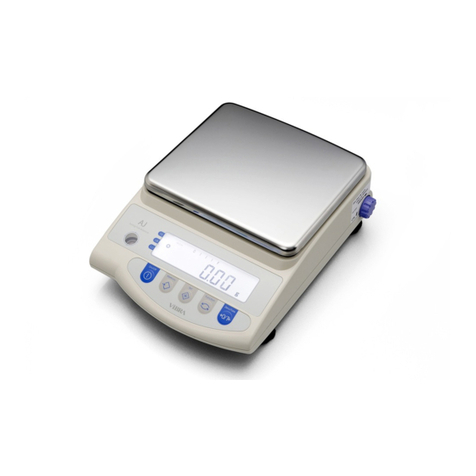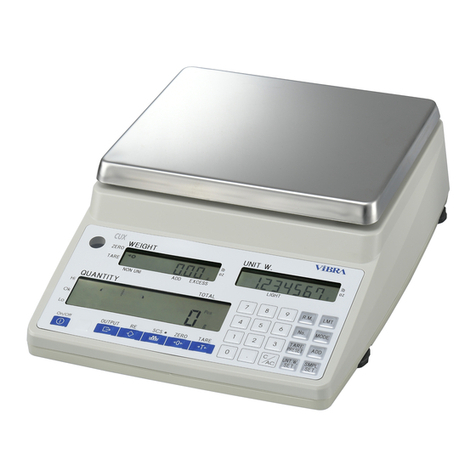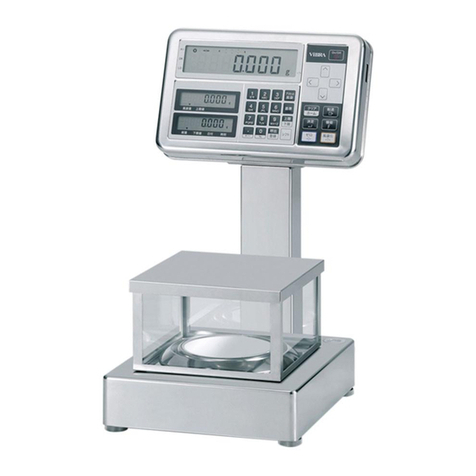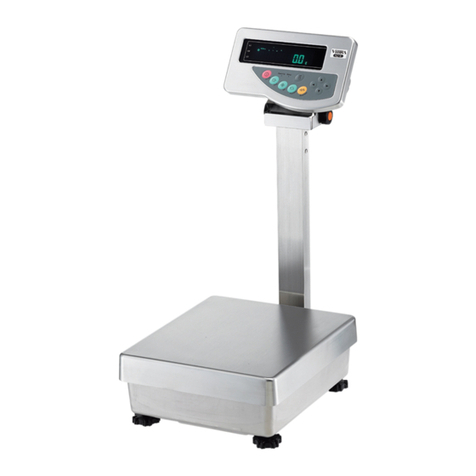CONTENTS
1. Precautions on the Use ...........................2
2. Names of Component Parts....................5
2.1 Main Unit...........................................5
2.2 LCD Indicators and Operating Keys ...
........................................................6
3. Basic Operations......................................8
3.1 Installation.........................................8
3.2 Operation Check...............................9
3.3 Operation for Tare Subtraction.......10
4. Functions................................................12
4.1 Setup and Checking of Functions...12
4.2 Description of Functions .................13
4.3 Interface Section.............................14
5. Switching Function for Units of
Measurement........................................15
5.1 Switching Units of Measurement....15
5.2 Setup of Units of Measurement......15
6. Counting Pieces.....................................17
6.1 Sampling.........................................17
6.2 Increasing the Counting Accuracy
(Memory Update Method) .............19
7. Measuring Percentage...........................20
8. Limit Function.........................................22
8.1 Limit Function Setup.......................22
8.2 Setup of Limit Values by Actual
Quantity Loads..............................24
8.3 Setting up Limit Values by Inputting
Values ...........................................25
9. Calibrating the Balance .........................27
10. Operating the Balance with the Battery
...............................................................29
11. Troubleshooting...................................30
12. Specifications.......................................31
12.1 Basic Specifications......................31
12.2 Common Specifications................31
12.3 Minimum Display by Unit of
Measurement ................................32
13. Conversion Table of Units...................34
1

